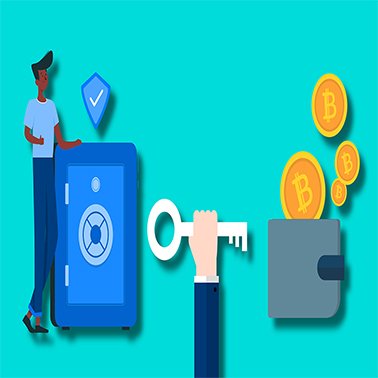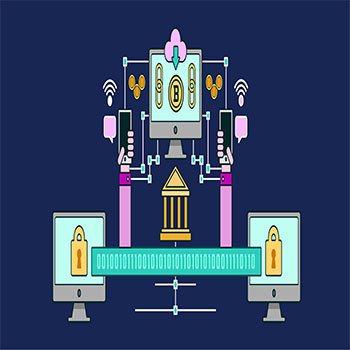Chain Of Blocks
Chain Of Blocks
- Blockchain is an information recording system that makes changing, hacking or trapping a system difficult or impossible. A blockchain is essentially a digital transaction leader duplicated throughout the entire computer system network on the blockchain.
- There are several transactions in the chain for each block and a record of that transaction is added to each participant's leader each time the new transaction takes place in the blockchain.
- Distributed Ledger Technology is a decentralised database managed by several participants (DLT). Blockchain is a DLT type where transactions with an immutable cryptographic signature called hash are recorded
- This means that if one block was changed in one chain, it would be apparent that it was manipulated immediately. If the hackers wanted to corrupt a blockchain system, all blocks of the chain, in all distributed chain releases, had to be changed.
- Blockchains like Bitcoin and Ethereum continue to grow as blocks are added to the chain, thereby significantly enhancing the safety of the ledger.
Working Of A Blockchain
- When each transaction takes place, it's recorded as a data block. These transactions show that an asset may be moving tangibly or intangibly. The block can record your choice of information: who, how, when, where, how much and how much – for example, foodstuff temperature.
- Before and after each block is connected to the block. These blocks form a data chain as an asset changes hands from place to place and ownership.
- The blocks confirm the correct time and sequence of transactions and securely link the blocks together to avoid altering any block or inserting a block between two existing blocks.
- In an irreversible chain, transactions are blocked together. The check of the previous block and therefore the complete blockchain is strengthened by every further block.
- This makes the blockchain manipulator obvious and offers the main force of immutability. This eliminates the potential for an evil actor to be tampered with — and creates a list of transactions that you and other network members trust.
Top Case Studies You May Like






